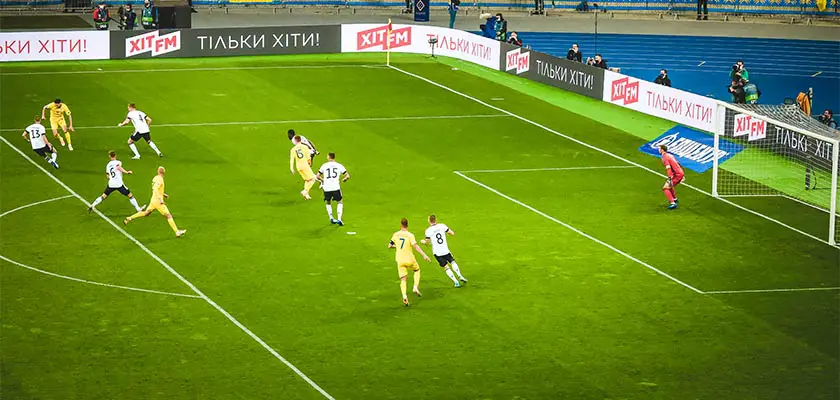Tactical formations. Styles of play. Roles on the pitch. Football positions are diverse and reflect the complexity of this much-loved sport.
If you don’t know the sport in depth, you’re sure to be confused by the way players behave on the pitch, aren’t you?
We know that Rogério Ceni was a great goalkeeper. That Ronaldo Fenômeno stood out as a striker. Casemiro is an excellent midfielder. But the question remains: what do all these names mean?
We’ve produced this complete and up-to-date guide to help you clarify everything. Below, you’ll learn about the positions in modern football and their respective responsibilities, as well as examples of players (Brazilian and foreign) who have excelled in each of them.
Check it out 👇
Sectors of the pitch
Before we break down the football positions, it’s good to understand that the pitch is basically divided into three sectors: defense, midfield and attack. The roles are then distributed within these zones.
The defense is made up of goalkeepers, center-backs, full-backs and wing-backs. In midfield we have defensive midfielders, central midfielders, central attacking midfielders, side midfielders and attacking midfielders. Finally, in attack, there are the wingers, center forwards and strikers.
The defense is responsible for stopping the opposing team’s offensive attacks, while the attack is tasked with scoring goals. The midfield is a bridge that connects these two extremes.
Tactical formations
Football positions are broken down into tactical formations. These are the arrangements in which the 11 players set up on the pitch.
The aim of this guide is not to explore formations, but it’s worth taking a look at them to clarify some important points.
There are different systems of play, such as the traditional 4-4-2 (four defenders, four midfielders and two strikers) and the more modern 4-3-2-1 (four defenders, three midfielders, two winger and one striker).
One position, therefore, will not necessarily be present in all formations. The wing-back, for example, only plays in a three-defender formation, such as 3-5-2 or 3-4-3. And so on.
Football positions
- Goalkeeper
- Center-back
- Full-back
- Wing-back
- Defensive midfielder
- Central midfielder
- Central attacking midfielder
- Side mifdielder
- Attacking midfielder
- Winger
- Center forward
- Striker
Goalkeeper
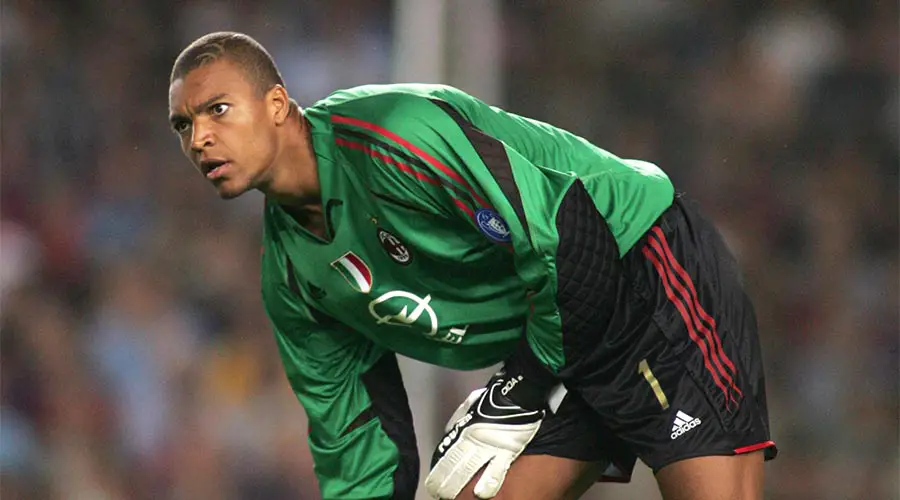
The goalkeeper is the player who stands between the two posts to defend – with his hands or feet – the opposing team’s shots.
In the old days, goalies – as they are also known – were able to grab the balls that were pushed back by the line players with their hands.
This rule was changed in 1992 because it promoted anti-gaming. Since then, touches can only be made with the head, chest, shoulder or thigh. If it’s with the feet, the goalkeeper can only control it with his feet too.
It is worth noting that deliberate retreats, even if made with the permitted body parts, cannot be made. Example: an athlete lifting the ball with his feet and using his head to deliver the ball to the goalkeeper.
Another curiosity about goalkeepers is their constant evolution over the years. In the past, they only had to know how to defend with their hands.
Nowadays, it’s increasingly necessary for a goalkeeper to know how to play and shoot with their feet, so that the ball can be cleared with quality. Alisson and Ederson, the current goalkeepers for the Brazilian national team, have this characteristic.
Claudio Taffarel (Brazil), Lev Yashin (Soviet Union), Iker Casillas (Spain), Gianluigi Buffon (Italy), Oliver Kahn (Germany) and Gordon Banks (England) are some examples of historic goalkeepers.
Center-back
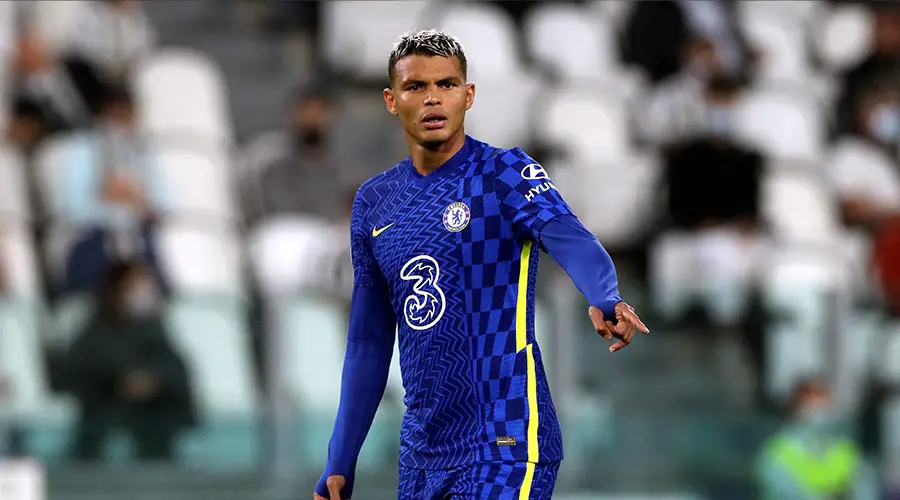
The center-back is the player in the center of the defense. They play in the first line of players after the goalkeeper, i.e. they are the first players to receive the ball to set up their team’s moves.
Most teams field two center-backs, one on the right and one on the left. There are, however, some schemes that use three defenders.
Generally speaking, center-backs needs to be tall and at least minimally strong, as they fight for headers and are always involved in tackles.
The center-backs also needs to have the timing to make cuts, steal the ball and anticipate, as well as being in tune with the rest of the defense.
In the past, center-backs were more brutish and square. Today, however, they are expected to be technical enough to clear the ball.
Some of the best-known center-backs in football history include Franco Baresi (Italy), Bobby Moore (England), Franz Beckenbauer (Germany), Sergio Ramos (Spain) and Ronald Koeman (Netherlands).
Full-back
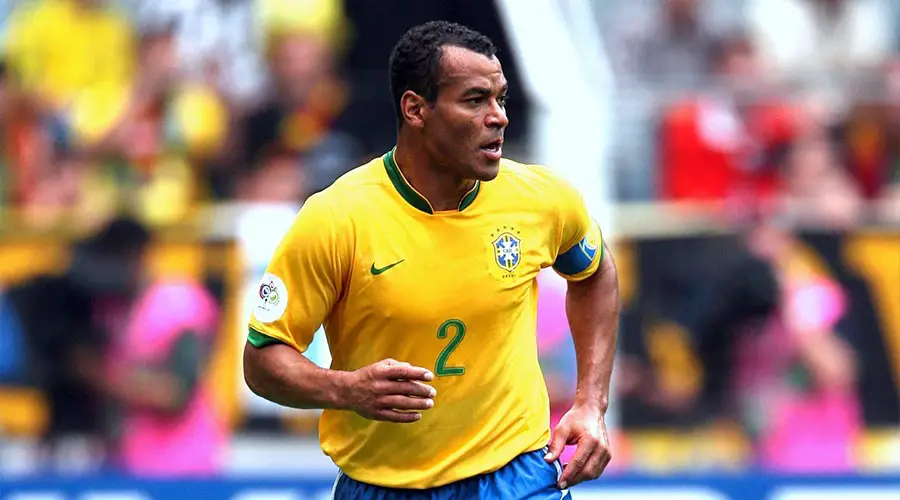
Still in the defensive system, we have the full-back – one of the most intense and tiring positions in football.
They are divided into left-back and right-back, i.e. one at each end of the defense (if the system has four defenders).
The full-back needs to have plenty of stamina, as they play in both the defensive and attacking phases of the game.
In other words: sometimes the full-back is in defense helping to mark, sometimes he’s in attack taking crosses off the back line.
They are also the ones who cover the full-backs. It’s not for nothing that this action was named after the position here in Brazil.
In the past, full-backs were extremely defensive. Protecting the defense was their only mission. Nowadays, players in this position are increasingly dynamic and are just as crucial in attack.
Cafu and Roberto Carlos are two well-known full-backs, one of the best of their generation. It was they who played this role at the 2002 World Cup, when the Brazilian national team were crowned five-time champions.
Wing-back
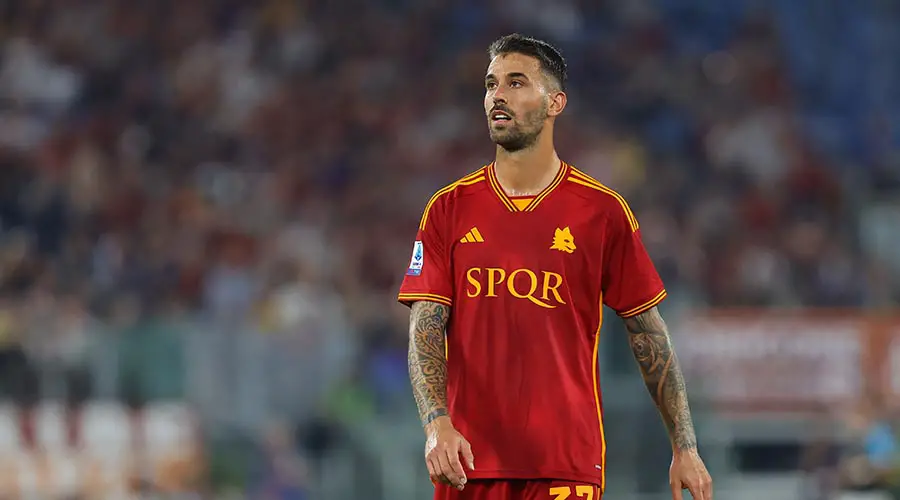
Wing-backs are full-backs who play further forward on the pitch. This happens in schemes with three defenders, such as 3-5-2 and 3-4-3.
The wing-back role is very similar to that of a full-back. The most striking difference is that he doesn’t have to drop back into the line of defenders in the defensive phase.
As a direct consequence, wing-backs end up gaining more freedom to build plays and, above all, support the attack.
Hans Hateboer (Atalanta), Leonardo Spinazzola (Roma), Jeremie Frimpong (Bayer Leverkusen) and Jonathan Clauss (Olympique de Marseille) are just a few of the wing-backs who are often deployed as wingers today.
Defensive midfielder
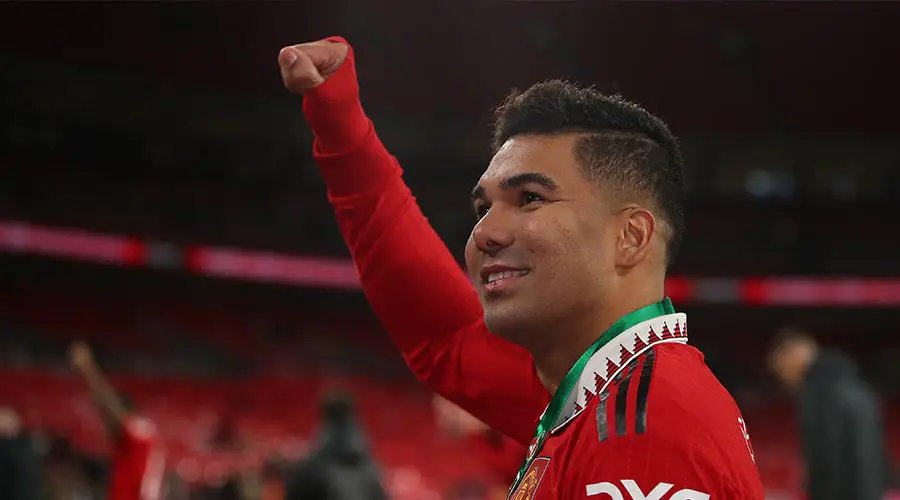
The defensive midfielder is the most defensive player in the midfield. He positions himself between the line of defenders and the team’s more attacking players.
Their two main responsibilities on the pitch are to pass the ball well and protect the defensive system. Defensive midfielders therefore need to be strong, tough, intelligent and good passers.
Of all the positions in football, some say that the defensive midfielder is the most complex, as he is a bridge that connects the two ends of the pitch.
The defensive midfielder of the past were thicker and more tromping. With the arrival of modern football, however, this position has had to reinvent itself.
Today, we have more and more technical defensive midfielder, such as Casemiro (Manchester United) and Rodri (Manchester City).
Central midfielder
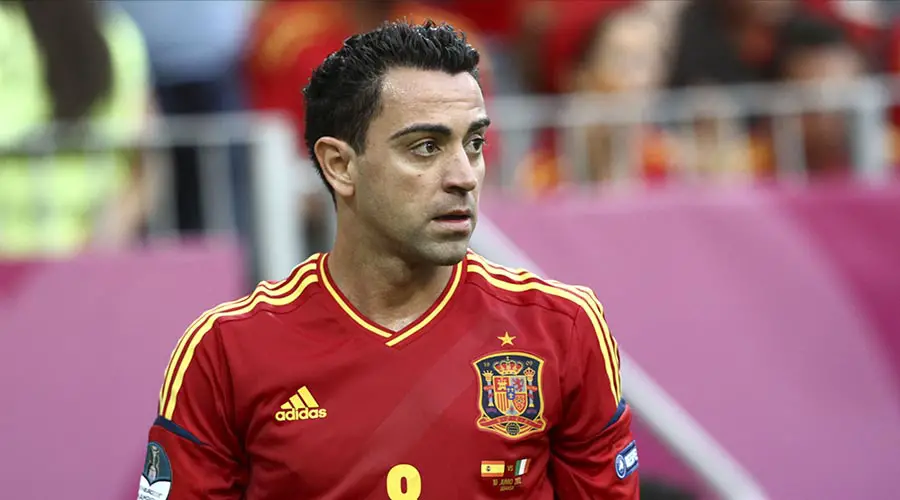
Central midfielders are more offensive than defensive midfielders, but they are less attack-minded than defensive midfielders. They are literally central midfielders in every sense of the word.
The role of the central midfielder is to give dynamism to the passing exchanges in the center of the pitch. As such, they need to be technical and absurdly intelligent, because a large part of the volume of play will pass through the feet of this position.
A team without a minimally decent holding central midfielder will suffer, above all, when it comes to creating attacking play, because the attack will be depleted.
Xavi was one of the main names in this position. Toni Kroos and Luka Modric, currently at Real Madrid, have also played the role masterfully.
Central attacking midfielder
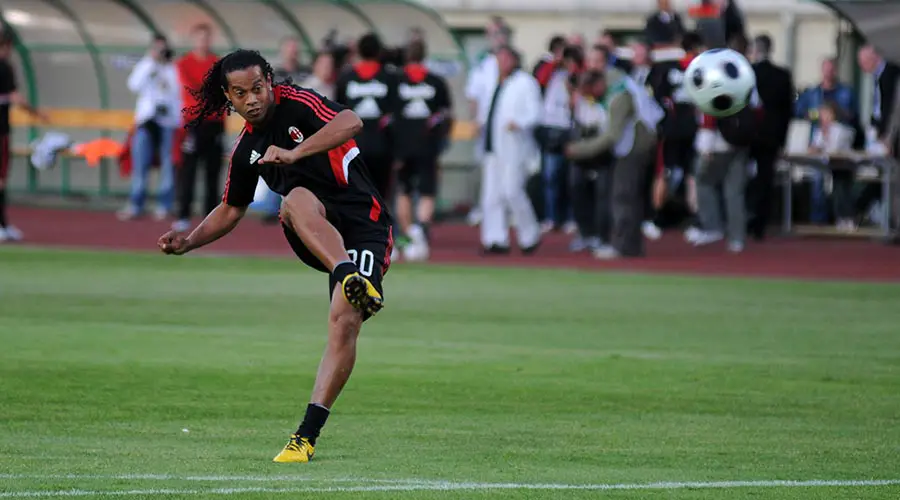
The central attacking midfielder was once known as the famous number 10. With shirt numbers no longer reflecting football positions, this association has been rendered obsolete by sports experts.
Despite this, the role of the central attacking midfielder remains the same: to supply the attack with through balls, shots and passes on goal.
In terms of positioning, they work ahead of the more defensive midfielders and closer to the strikers, floating both centrally and on the sides.
Central attacking midfielders are creative and intelligent by nature, as they have to pull rabbits out of a hat to break down defensive lines and set up the attack.
They need to be technically skilled, dribblers and excellent passers, just as Ronaldinho Gaúcho was at Barcelona.
In this position, vision is paramount. This is the only way central attacking midfielder can build moves that result in dangerous action.
Diego Maradona (Argentina), Zinedine Zidane (France) and Johan Cruyff (Holland) were other central attacking midfielder who were simply brilliant.
Side midfielder
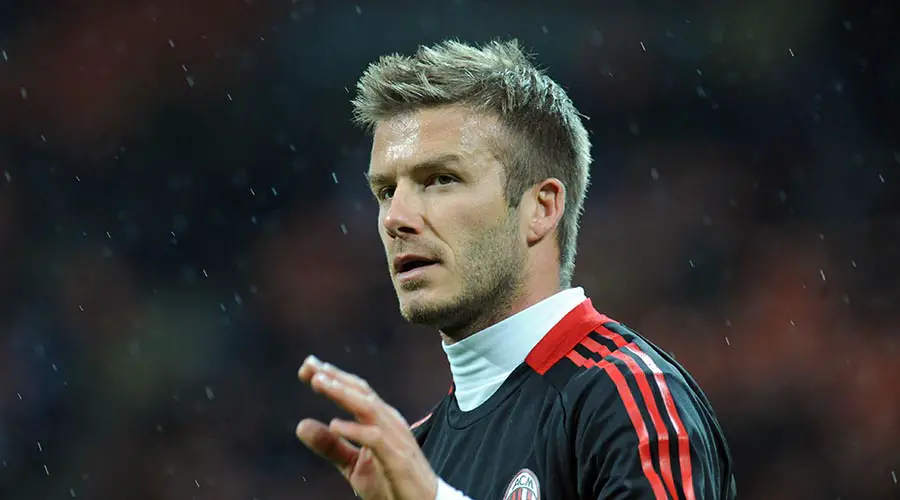
The side midfielder is a position that was immortalized in the 4-4-2 formation, because in this formation there were two central attacking midfielders coexisting on the pitch. So that they didn’t clash heads, they each played at one end of the pitch.
So there were right midfielders like David Beckham and left midfielders like Ryan Giggs. Both played together at Manchester United.
It’s worth noting that side midfielders aren’t winger players, even though they play out wide. Winger players are more like attackers than midfielders.
The side midfielder’s job is the same as the playmaker’s: to connect the attacking sector with cerebral passes, but on a specific side of the pitch.
This position is quite rare these days, as formations with two playmakers have been practically abolished.
Attacking midfielder
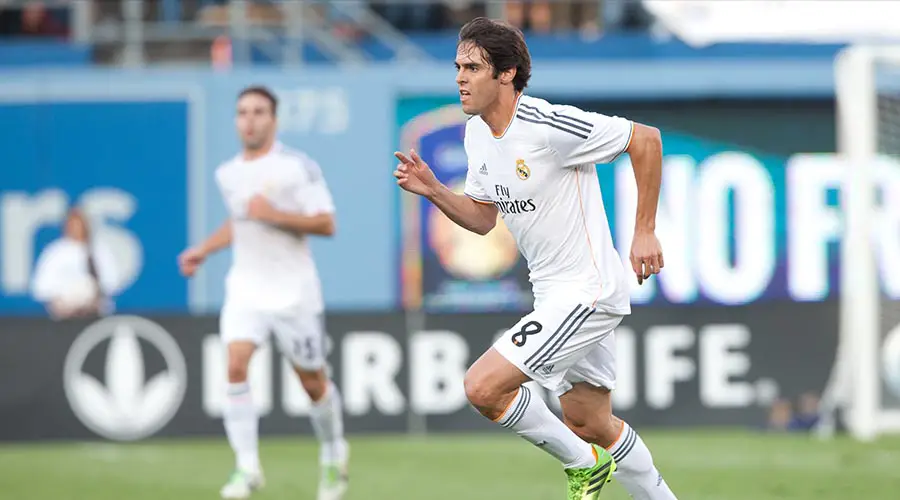
In the midfield sector, the attacking midfielder is the most offensive. Players in this position not only set up plays, but also finish them. One of their characteristics, therefore, is to get into the box to score goals.
Attacking midfielders are quick, skillful, vertical and dribbling. They need to be able to move between the lines to find gaps and break through the opposition’s defensive system.
Kaká was one of the most lethal attacking midfielders we’ve ever seen in the history of football. He’s a perfect example to illustrate the characteristics of this position.
Winger
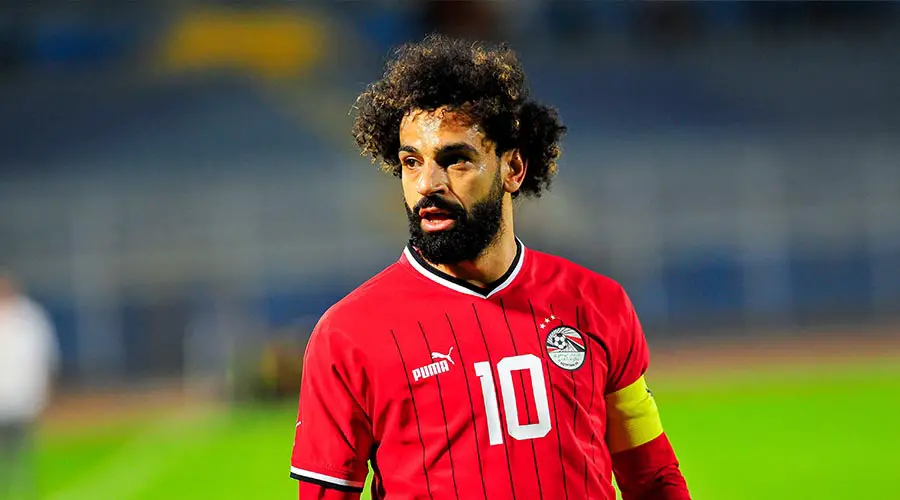
Now it’s time to talk about the attack! Starting with the winger, who is an open player on the side of the pitch. So there are right-wingers like Mohamed Salah (Liverpool) and left-wingers like Vini Júnior (Real Madrid).
Winger players need to be agile, fast and, above all, explosive, as one of their roles is to receive balls from deep. These moves add pace to the game and open up spaces for potential finishes.
We’ve always had winger in football, but this position is more important than ever. Practically every team in the world plays with winger.
Center forward
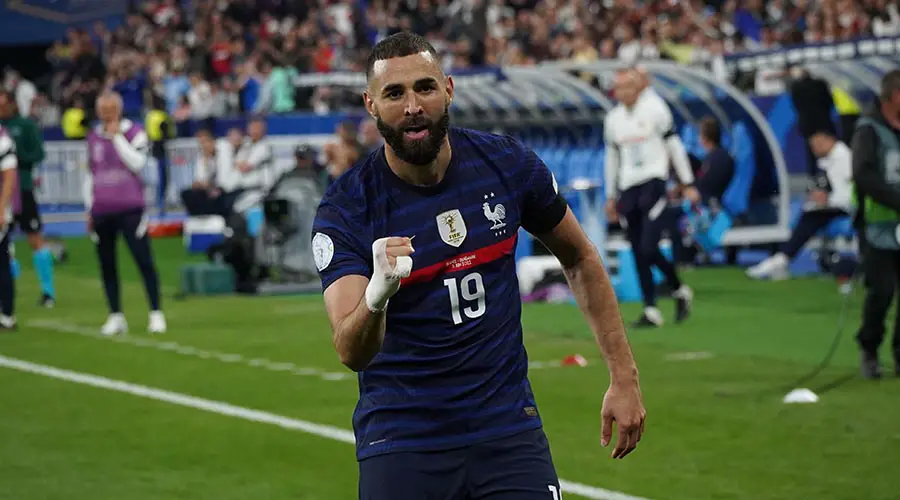
The center forward is a player who acts between the attacking midfielders and the strikers. They act as a kind of bridge, floating around the pitch, facilitating play, opening up spaces and creating dangerous chances.
It’s not very common to see center forwards out and about, but they still appear quite often, especially in European leagues.
Players in this position combine the best of central attacking midfielders (creativity) and strikers (finishing). Karim Benzema, currently at Al-Ittihad, is a great example of this.
Striker
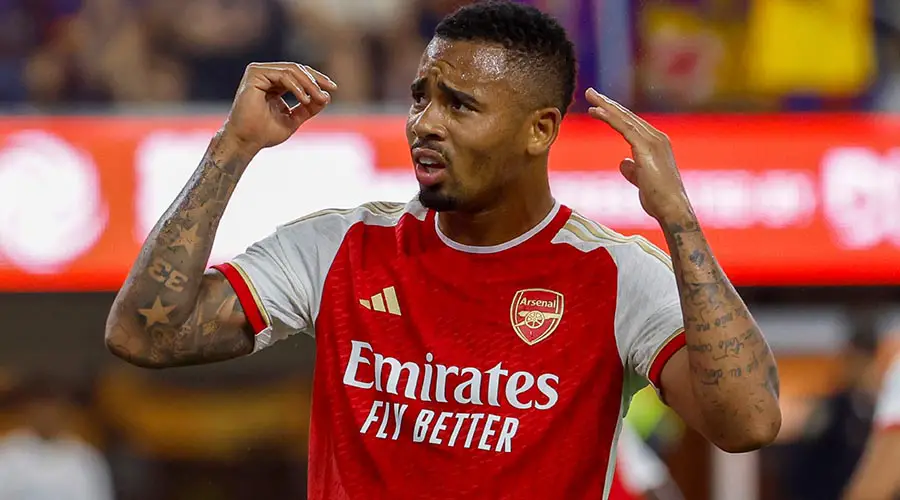
We end the list of footballpositions with the striker. Geographically speaking, it’s the player closest to the opposing goalkeeper.
Generally, striker are physically strong and good in aerial contests, as they need to clash with defenders to win tackles.
But the real thing is knowing how to push the ball into the back of the net. Therefore, positioning in the penalty area and movement are two attributes that need to be present in players of this position.
There are more combative strikers, like Romelu Lukaku (Roma), and more technical strikers, like Harry Kane (Bayern Munich).
In the history of football, Ronaldo Fenômeno, Romário, Pelé, Ferenc Puskás, Eusébio and Gerd Müller are considered the best strikers of all time.
How many positions are there in footbaall?
There are 12 positions in football. They are: goalkeeper, center-back, full-back, wing-back, defensive midfielder, central midfielder, attacking central midfielder, side midfielder, attacking midfielder, winger, center forward and striker.
That’s it! Now you know all the positions in football and their respective responsibilities on the pitch. Did you like this content? Let us know what you think in the comments! Your feedback is important to us 🙏
For more interesting content on fotball, basketball, volleyball, athletics, motorsport, games and other sports, visit our website every day!


